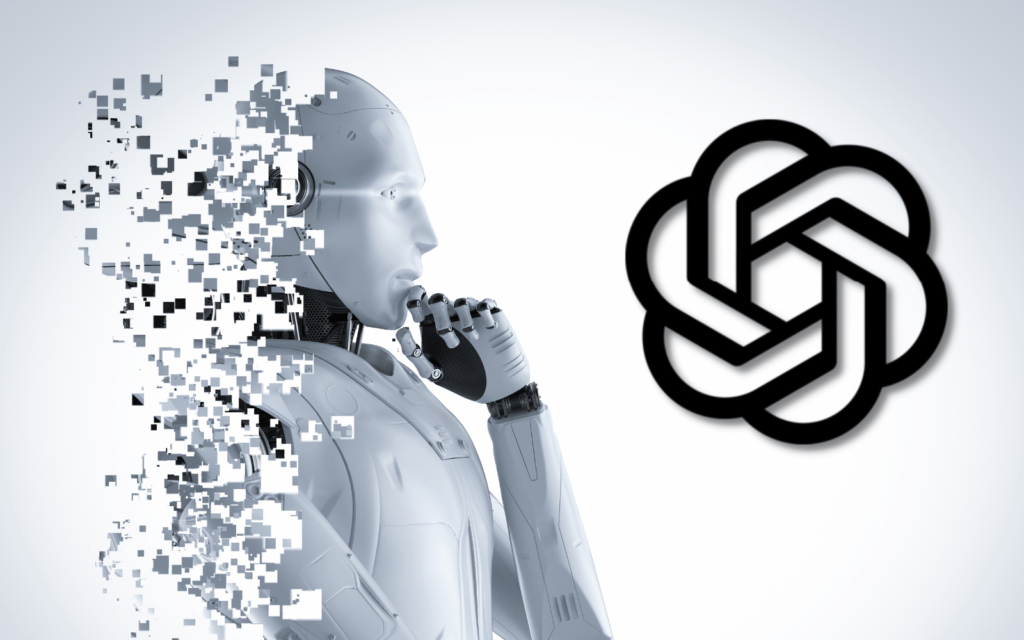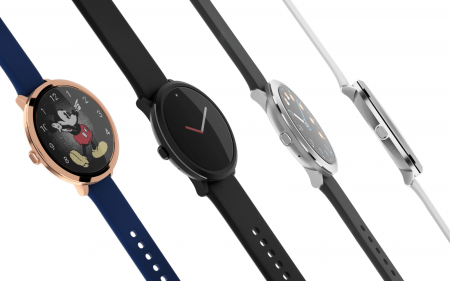In news that should surprise absolutely nobody, Microsoft is using ChatGPT to control robots and drones. Specifically, it’s attempting to make it easier for the average person (who isn’t all that complicated) to control existing robot arms and drones (which are fearsomely complicated indeed).
Any time you see Spot the robot dog out and about? That critter’s… actually pretty autonomous. It has a fairly simple instruction set and it gets on with it. Boston Dynamics’ Atlas videos? That takes a considerable amount of setup and that setup requires training. Microsoft’s idea is to minimise the amount of knowledge needed to set something like that up.
Is ChatGPT Skynet in training?
Microsoft’s current experiments with ChatGPT aren’t anything like giving an AI access to an actual fighter jet. They’re far more simplistic in nature and are aimed at developing a natural language interface for interacting with robots. That’s been working so well when it comes to web browsing, after all.
The company is exploring ways to get robots to respond to natural language commands but also methods of getting ChatGPT to write the correct custom code required to make a robot behave the way we want it to.
“The key challenge here is teaching ChatGPT how to solve problems considering the laws of physics, the context of the operating environment, and how the robot’s physical actions can change the state of the world,” said Microsoft.
It’s more complicated than issuing a command and having a robot respond. We’re not there yet. The method (you can read more about it here) is a development process that’s tested before it’s deployed on a physical robot. So far, experiments have included getting a robotic arm to build a simple design, tasking a drone to inspect a shelf, and getting a telepresence robot to identify a specific item in its surroundings.
As with most things AI-related, there’s still a way to go before it’s able to operate completely independently of humans. Judgement Day is still a considerable way off but it’s still kind of a concern. Microsoft addresses this by pointing out that “…we do emphasize that the outputs from ChatGPT are not meant to be deployed directly on robots without careful analysis. We encourage users to harness the power of simulations in order to evaluate these algorithms before potential real-life deployments, and to always take the necessary safety precautions.” We’re sure that everyone will follow those guidelines to the letter.




